Nutritional Information for a Healthy Lifestyle and Successful Exercise Program
The Basics Of Understanding Nutrition:

Protein
~What it is and the foods it’s found in~
- Protein is defined as a nutrient found in food (as meat, milk, eggs, and beans) that is made up of many amino acids joined together, is a necessary part of the diet, and is essential for normal cell structure and function. You also use protein to make enzymes, hormones, and other body chemicals. Protein is an important building block of bones, muscles, cartilage, skin, and blood.
- Good sources of protein can be found in: Eggs, Whey protein (protein powder supplement), Chicken breast, Salmon, Turkey breast, Canned tuna (solid white), Nuts (walnut, almonds, pecans), Pumpkin Seeds, Tofu, Seitan, Top round steak (grass fed beef), Flank steak (grass fed beef), Cod fish, Greek yogurt, and Rainbow trout.
- Consume protein-rich foods that are lower in solid fats and calories.
- Increasing protein provides a sense of satiety (fullness) meaning you feel fuller longer and are less likely to be hungry or have cravings.
Carbohydrate:
~What it is and the foods it’s found in~
- Carbohydrates are essential macronutrients that provide the most desirable form of energy for your body in the form of glucose. When you eat carbohydrates, your body breaks them down into glucose, which enters your bloodstream and provides energy to your cells. Eating adequate amounts of carbohydrates every day ensures that your body has access to enough glucose to function properly.
- Complex Carbohydrates (the good Carbs) can be found in the following foods: Oatmeal (old fashioned or Steel Cut), Yams (almost same as sweet potatoes), Brown rice, Sweet potatoes, Multi grain hot cereal (mix or barley, oats, rye, triticale, and a few others), White potatoes with skin, 100% whole wheat bread, 100% whole wheat pasta, Beans and lentils, Cream of rice hot cereal, Quinoa, Couscous, Pumpkin, Butternut squash, and Fresh beets.
- Reduce your intake of calories from added sugars.
- Consume more vegetables (especially dark-green vegetables) prepared without added salt or fat and eat fruit prepared without added sugars.
- When consuming grains increase whole-grain intake by replacing refined grains.
- Try consuming most of your daily intake of carbohydrates during the more active parts of your day or prior to exercise. This will help you sustain energy levels for longer periods of time.
- For those looking to lose weight, it is best to have a low-carbohydrate diet and increase protein intake. This will help temporary decrease water weight and with a strong exercise program in place help keep the weight off
- Ultimately, the number of carbs you eat is going to be highly based on personal preference, activity levels, and how your body reacts to what you eat. Carb intake should be determined after you prioritize fat and protein levels.
Fat:
~What it is and the foods it’s found in~
- The body uses fat as a fuel source, and fat is the major storage form of energy in the body. Fat also has many other important functions in the body, and a moderate amount is needed in the diet for good health.
- Good fats can be found in the following foods: Flaxseed, Almonds, Olive oil, Avocado, Walnuts, Virgin coconut oil, Salmon, Peanuts, Clarified butter, Ripe olives, Peanut oil, Hemp seed oil, Pecans, Cashews, and Dark chocolate.
- It is best to consume less than 10% of calories from saturated fats and instead replace them with unsaturated fats, particularly polyunsaturated fats.
- Completely avoid hydrogenated oils containing trans fats.
- Reduce the intake of calories from solid fats.
- Also try consuming more good fats such as omega-3’s and omega-6’s. Omega-3’s can be found in fatty fish such as salmon, sardines, anchovies, mackerel, shad, herring, and trout. Omega-6’s can be found in Flaxseed oil, flaxseeds, flaxseed meal, grapeseed oil, pumpkin seeds, sunflower seeds, and nuts.
- Don’t get the wrong idea that fats are horrible for your body. We need to consume good fats for the formation of healthy cell membranes, proper development and function of the brain and nervous system, as well as hormone production.
